Ireland's Unexpected Ties to Moscow Spies
The Russian Embassy in Dublin is awash with diplomatic intrigue and simmering geopolitical tensions, a situation echoing the Cold War dynamics.
Ireland isn’t usually considered a nest of spies, yet the lush, rugged edges of the Emerald Isle are exactly where a KGB ring spied on US submarines during the Cold War and - even more disconcerting - Moscow's presence is still felt today in Dublin and Washington. The island is the European HQ for American tech giants Apple, Google, and Microsoft, and the US military uses Shannon airport as a refueling hub.
The Dublin-Mosow relationship has been jittery since 2018 when Ireland blocked an extension to Russia’s embassy fearing it would become a signals intelligence base (Russia denies any such plan). Stories later emerged about Russian bombers invading Irish air space and agents inspecting undersea fiber optic cables.
Ireland expelled four Russian diplomats in 2022 - including one said to be a GRU military spy - and two years later froze applications for Russian diplomatic visas, worried the Kremlin was cultivating relationships with dissident Republicans and using Ireland as a European spy hub.
Moscow’s intrusions are a chilling reminder of the Cold War era when Ireland was swept up in the chaos following the 1972 Bloody Sunday shootings north of its border - an event that proved to be a magnet for Soviet spies and set alarm bells ringing at the CIA, MI6, and Ireland’s J2 military intelligence unit.

Operation Splash
In late 1972, the KGB organized Operation Splash - a weapons dead drop for the Official IRA, a paramilitary group with Marxist leanings, according to the widely respected The Sword And The Shield, The Mitrokhin Archive and The Secret History Of The KGB.
The Reduktor, a Soviet ship that could pass for a fishing trawler, parked 50 miles off of Northern Ireland’s coast to unload. In all, the crew dropped 70 automatic rifles, two machine guns, 10 Walther pistols and 41,600 cartridges concealed in waterproof wrappings. The arms drifted down in a net, eventually settling on a sandbank 130 feet below water.
Yuri Andropov, then head of the KGB, didn’t want the arms traced back to Moscow so none were made in the Soviet Union. KGB ‘technical experts’ ensured West German oil lubricated the Walther pistols and the packaging was supplied by agents worldwide. The KGB even planted a foreign-made buoy in the water to mark where the guns were waiting.
Several hours after the Soviet departure, a fishing boat loitered by the sandbank and hauled up the weapons. It was the first Soviet arms drop for the Official IRA, but it wouldn’t be the last.
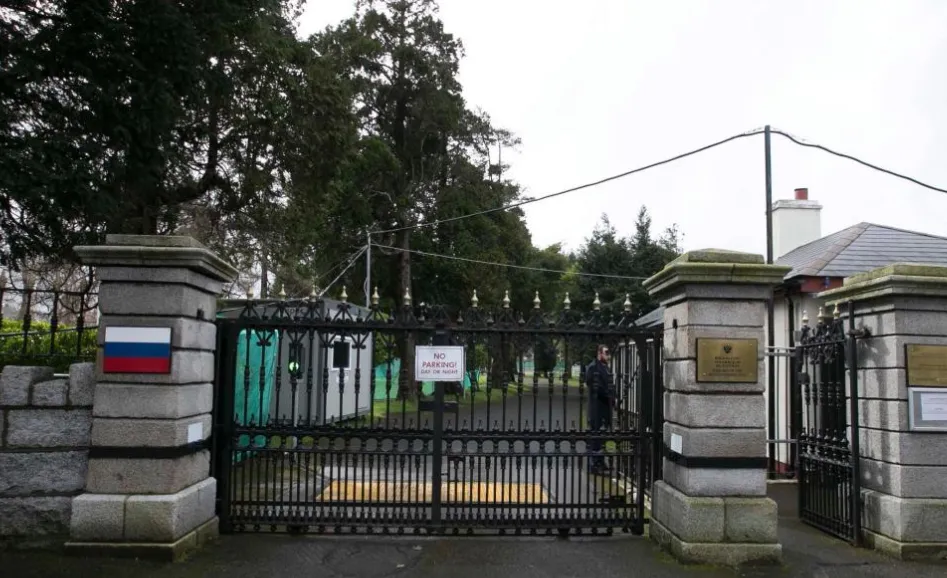
The embassy set-up
Paddy Donegan, then Ireland’s foreign minister, was determined to stop the Soviet Union from establishing its first Embassy in Ireland in 1973. Negotiations stalled over security concerns. The way Donegan saw it, if the USSR sent 22 diplomats to Dublin they’d come with 22 spouses - and 30 of the lot would-be spies.
Andrei Gromyko - known as ‘Mr Nyet’ for refusing to bend to Western diplomats - was Donegan’s counterpart in Moscow. He was also the former Soviet ambassador to the US, and knew how to play hardball.
The David-and-Goliath negotiation ended when Ireland agreed to send a six-person team to Moscow. The Soviet Union settled for 17 staff in Dublin. The deal was finalized at the UN headquarters in New York, laying the foundation for the KGB’s new base in Western Europe.
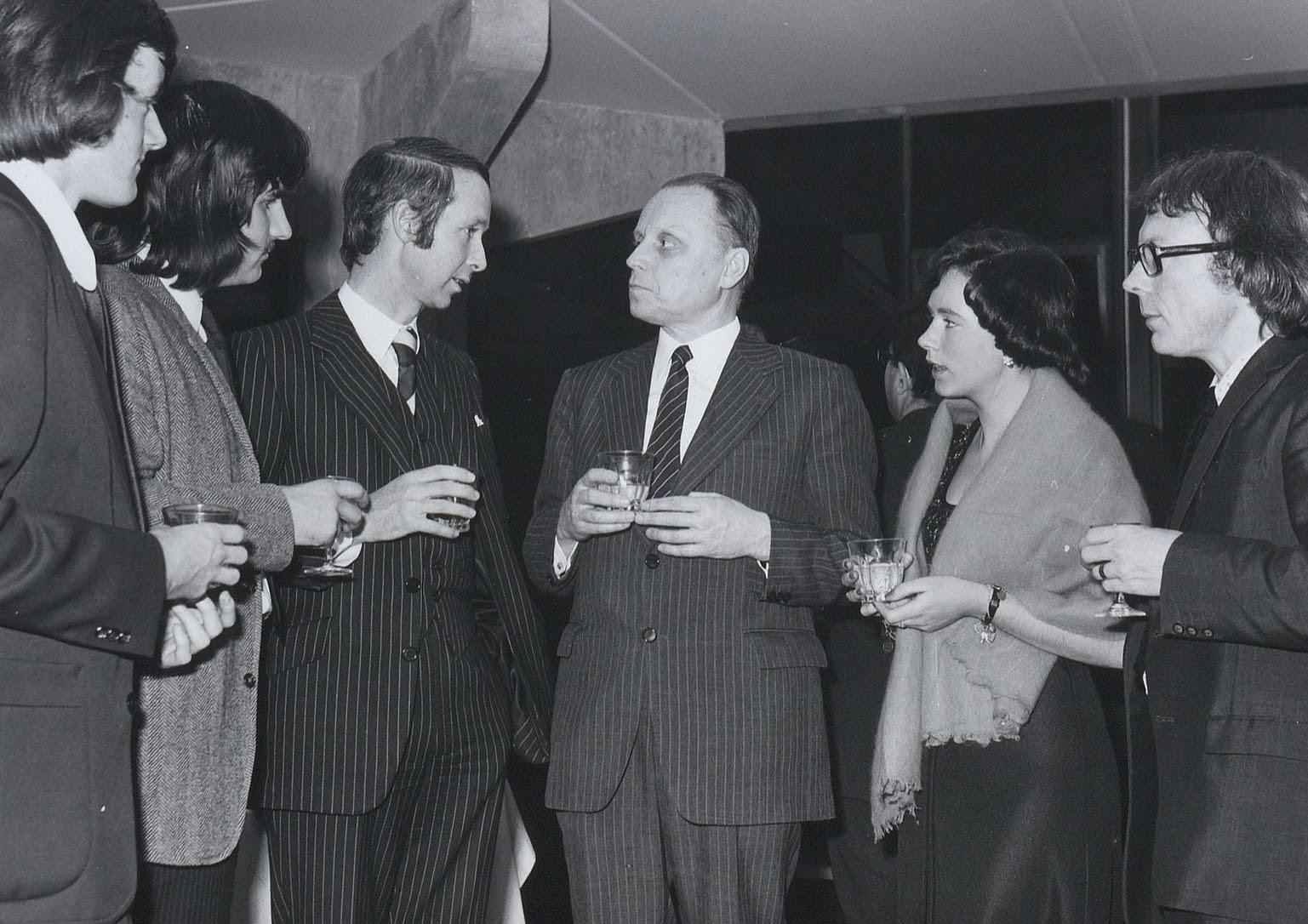
Moscow’s opening move
Moscow appointed Anatoli Kaplin as its first Irish ambassador. Guennadi Saline was tapped to be First Secretary and press attaché, while Viktor Lipassov moved to Dublin as Second Secretary with his wife, Irina. Russia was assembling its chess pieces.
The Soviet delegation lived in comfortable quarters on Orwell Road, reportedly spending $720,000 for a complex spread across five acres. Within two years, the Soviets filed a planning application to demolish the embassy and erect a modern building with 18 flats, a cinema, and a library. The application sparked concern that Moscow was expanding its foothold in Ireland and Europe, Michael Quinn writes in Irish-Soviet Diplomatic and Friendship Relations, 1917-1991.
Ireland’s J2 military intelligence already had their hands full monitoring the comings and goings on Orwell Road. The CIA was also paying close attention.
As for the KGB, they found Ireland’s gossipy pubs ideal for eavesdropping and gathering intel about IRA plots, British troop movements, NATO forces, and US submarines. Around 90 KGB agents had been turfed out of Britain in 1971. Convivial Ireland was proving much easier to penetrate.
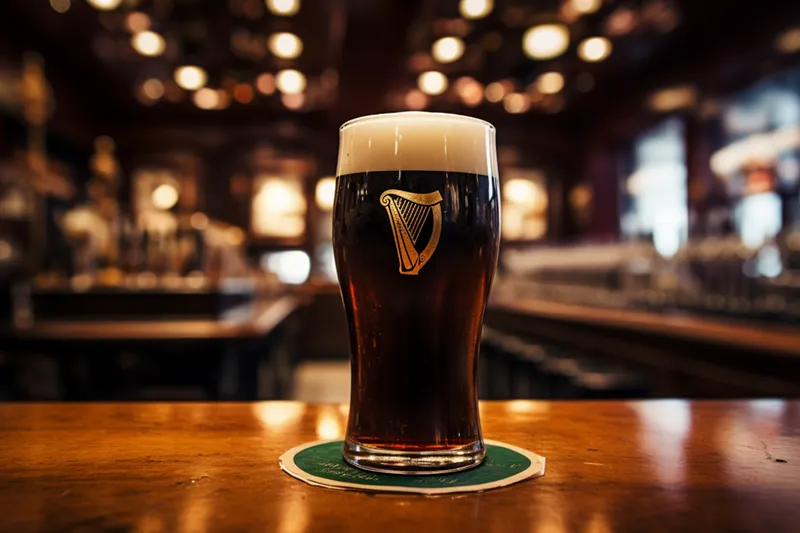
"The brand new social experience where you activate your gaming skills as you train like a spy."
- TimeOut
Take on thrilling, high-energy espionage challenges across different game zones.

KGB Travel Restrictions
The KGB had a problem, however. Moscow’s Dublin embassy was supposed to function as a clearing house for a major international spy ring, yet Ireland was keeping it on a tight leash. Soviet embassy staff had to inform the Department of Foreign Affairs - in triplicate - if they planned to travel outside of a 25-mile radius around the central General Post Office, supplying a full itinerary, motor vehicle registration, and other details.
Guennadi Saline (codenamed Silver) and second secretary Viktor Lipassov were monitored closely, but Viktor’s wife Irina - sometimes known as Irona or Evdokia - wasn’t under constant watch. Irina could dart in and out of the travel zone unnoticed. In fact, Mrs. Lipassov was later suspected of being the KGB mastermind in Dublin, quietly moving in and out of Northern Ireland to organize the supply of Soviet arms and ammunition to outlawed paramilitaries.
The Lipassovs were also suspected of transmitting information to Soviet submarines while the couple holidayed in Donegal, Ireland, and relaying US secrets in the most mundane setting: the suburban Stillorgan shopping mall in Dublin.
.jpg)
KGB Spies Expelled
On September 11, 1983, Dublin expelled three suspected KGB spies for “unacceptable activities” that “weren’t in accordance with standards expected of diplomatic staff”. First Secretary Saline, Second Secretary Lipassov and his wife, Irina, were told to pack their bags. The three reportedly sought intel about NATO nuclear submarine forces and bugged other embassies in Dublin.
The US State Department had initially pressured Ireland to expel the Soviet airline Aeroflot from Shannon airport, which Moscow used for state visits and as a refueling hub for Aeroflot commercial flights - there was even an entire village for Soviet airline crews built nearby in the 1980s.
US President Ronald Reagan wrote to Ireland’s leader, Taoiseach Garret FitzGerald, asking him to end the Aeroflot stopovers after the Soviets shot down a Korean passenger jet in Russian airspace on September 1, 1983. All 269 aboard died including US Congressman Larry McDonald. Losing Aeroflot would have cost Ireland dearly, however, FitzGerald wrote in his autobiography. Instead, FitzGerald offered up the KGB spy scandal, banned Soviet flights temporarily, and kept the lucrative Aeroflot contract.

Moscow’s ‘bunker’
Has much changed in Ireland since the Cold War? The KGB may be gone but the spy games remain. Ireland sent another diplomat packing in 2011, accusing the Russian intelligence service of stealing six Irish identities to make counterfeit passports for spies operating in the US.
The Russian embassy in Ireland, meanwhile, filed a planning application to build an underground parking lot reportedly four times larger than the 20,000 sq ft embassy itself. Plans are on hold.
Russia tells SPYSCAPE that media reports of signet bunkers and embassy searches are nonsense: “The subject of the embassy renovation has been manipulated more or less on a regular basis in the Irish and British media. We have seen quite a number of ludicrous ‘spy stories’ associated with the project. In real life, the renovation of the embassy is only about making the working and living conditions of its staff better.”
“There is nothing secret about it,” Russia’s Dublin embassy added. “There is nothing in the project that could be even remotely linked to the issues of security, particularly to ‘the security and defense of the (Irish) State’ as it was alleged by the Irish authorities.”
As for Saline and the Lipassovs, the embassy had no comment about the Cold War spy ring. Nyet.
SPYSCAPE+

Join now to get True Spies episodes early and ad-free every week, plus subscriber-only Debriefs and Q&As to bring you closer to your favorite spies and stories from the show. You’ll also get our exclusive series The Razumov Files and The Great James Bond Car Robbery!
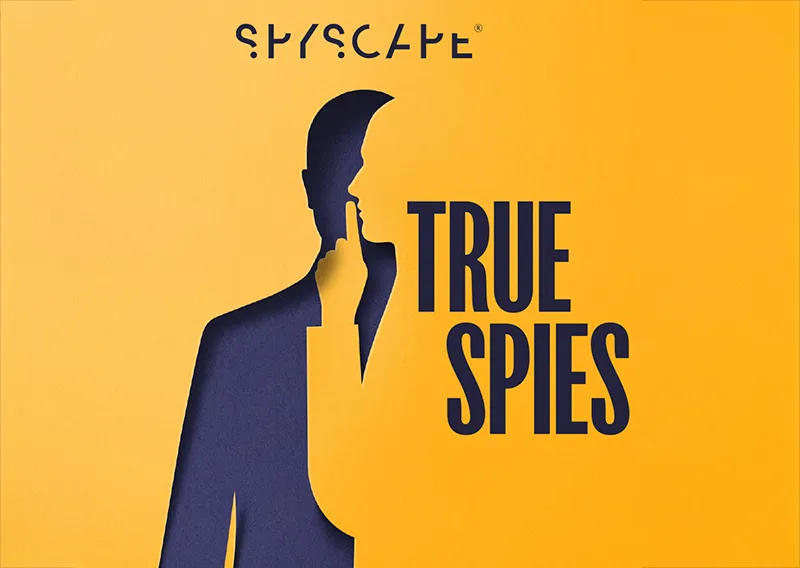
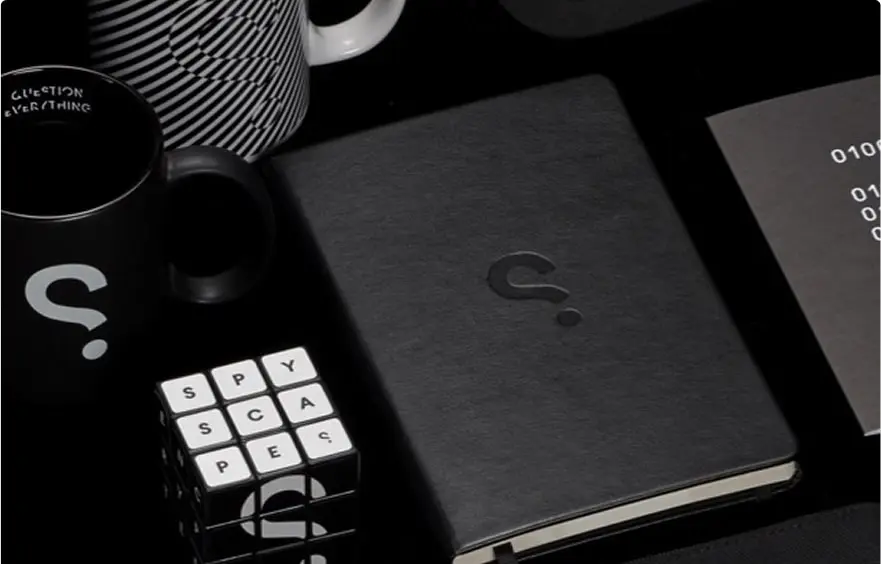
Gadgets & Gifts
Explore a world of secrets together. Navigate through interactive exhibits and missions to discover your spy roles.
Your Spy Skills
We all have valuable spy skills - your mission is to discover yours. See if you have what it takes to be a secret agent, with our authentic spy skills evaluation* developed by a former Head of Training at British Intelligence. It's FREE so share & compare with friends now!
* Find more information about the scientific methods behind the evaluation here.


Stay Connected
Follow us for the latest
TIKTOK
INSTAGRAM
X
FACEBOOK
YOUTUBE